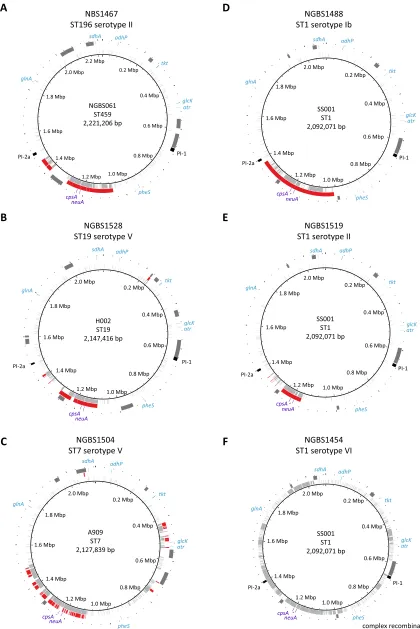Serotype Distribution, Population Structure, and Antimicrobial Resistance of Group B Streptococcus Strains Recovered from Colonized Pregnant Women
Full text
Figure




Related documents
Findings show that photorealistic rendering was rated highest for visual appeal, suitability, and accuracy of representation of the architectural style, design elements and
chapter, three power blocs, “the white supremacist power bloc,” “the patriarchy power bloc,” and “the class elitist power bloc,” are conceptualized as as an ever-shifting set
The stem diameter response of Gmelina seedlings to cassava peels organic fertilizer application as assessed from week 1 to week 8.. Similar findings have been reported
Overall, given the signs of the mean rounding and the corresponding skewness statistics for the categories of food products and beverages, cosmetic, soap and
Despite its success, the TBAFS had no formal engagement from the Indigenous communities that make up almost 13% of Thunder Bay’s population (the highest urban Indigenous
Specific actions should be taken for (i) growth and retention of IT industry in the city, (ii) attracting more participants to IT industry, (iii) attracting investments from
This study found a significant increase in the agricultural injury rate per 100,000 hired workers, ranchers, and farm operators who were treated at a Level I, II, or III